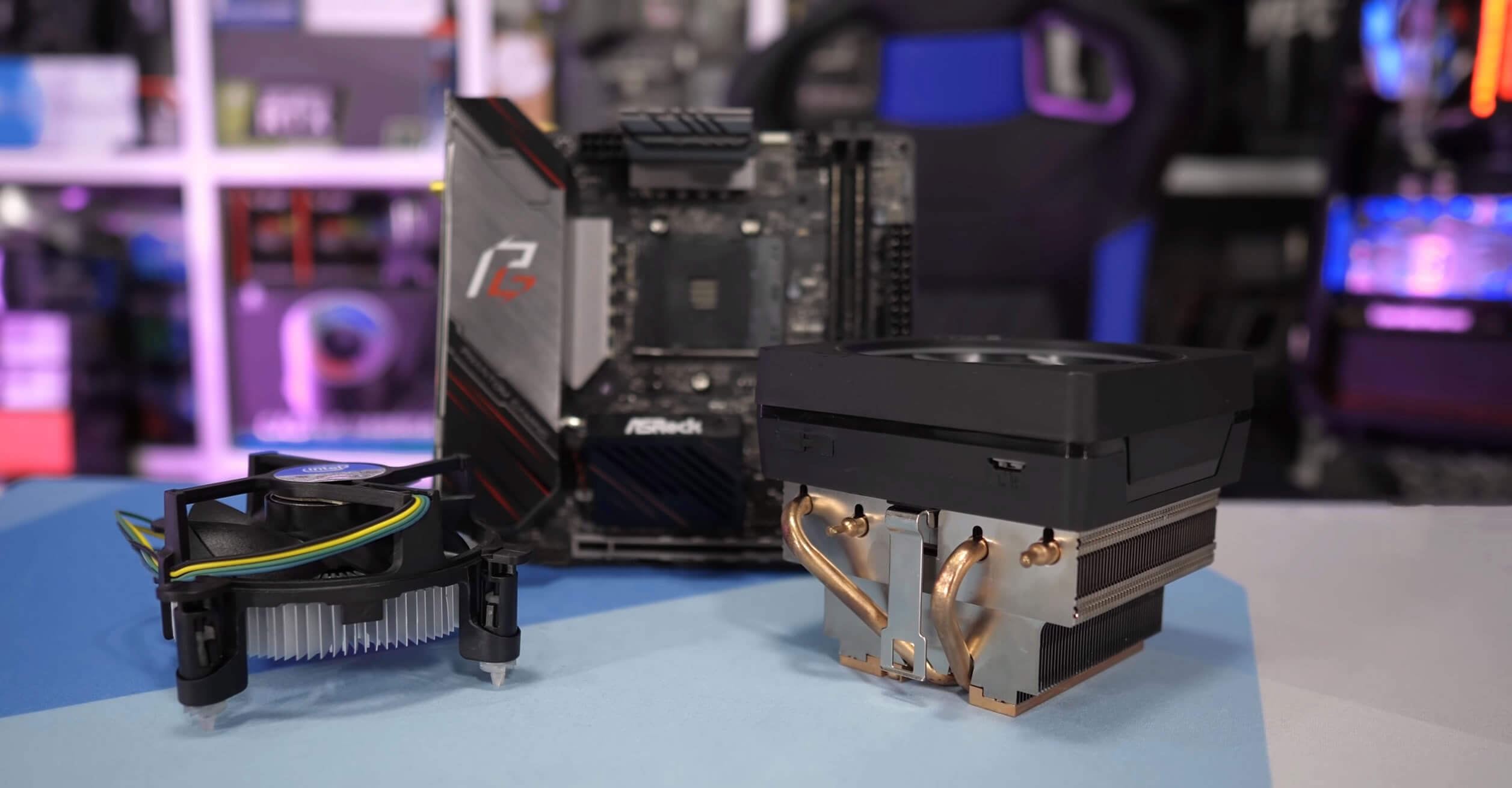Did you even read the article? because if that's the case your comprehension skills are not good it seems.
"Typically, Intel box coolers are noisy buggers that spin very fast. Last time we tested one with the Core i7-8700 on a Z390 board it spun at between 3000 - 3500 RPM. On the Phantom Gaming-ITX the fan never spun faster than 2100 RPM which is an issue for the Intel cooler as it relies on fan speed to keep temperatures under control, or at least stops the CPU from melting through the PCB. We messed around for quite some time but couldn't get the fan to spin at full speed for more than a few seconds.
With the limited fan speed we decided to target 2000 RPM with all the coolers tested, so with fan speeds somewhat normalized and the same air-flow restrictions in place we once again went for the test."
I sure did. Did they try another Intel cpu heatsink fan? Is that a normal speed now for new Intel fans or is it the motherboard, etc.? What are the are the operating specs according to Intel since "typically they spin faster"? We know none of that. They still created an artificial limit for (at least AMD) fan speeds so everything is skewed from the get go. How many computer users are going to do that? I honestly don't think you are as smart as you think you are if you take this article at face value.
It's probably a motherboard limitation, so it's a perfectly fine test. Not every ITX motherboard can provide get the fans to spin up to max speeds. They're testing a scenario where you're using the low profile stock cooler in an ITX case, and that ITX motherboard can't make the fans spin up to 100% 3000+rpm.
If you get one of these ITX motherboards for a small sized build, then you're not going to get the Intel fans to spin at that speed and this will cause your cpus to thermal throttle.
